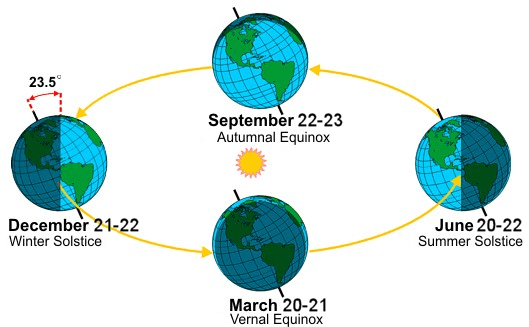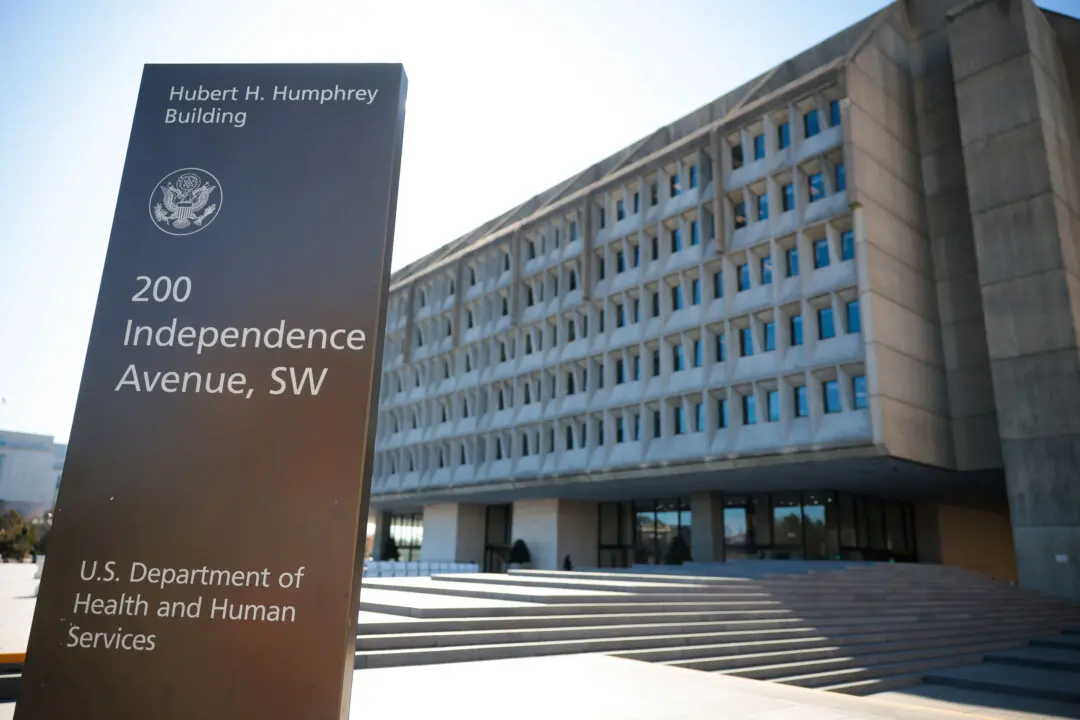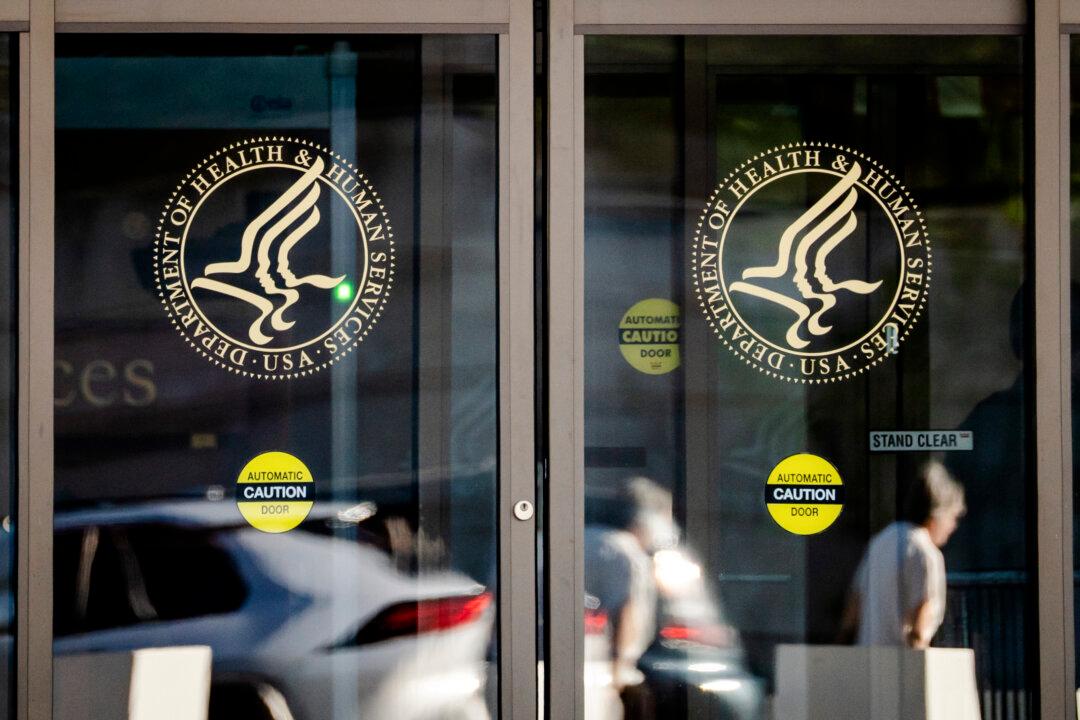The Spring Equinox in 2014, also known as the March Equinox or Vernal Equinox, happens on March 20. Despite rumors to the contrary, there is no full moon that comes with this event.
The equinox happens at 16:57 UTC.
That’s 9:57 a.m. PST, 11:57 a.m. CST, and 12:57 p.m. EST.
The equinox is when the sun shines directly on the equator and when there will be nearly equal amounts of day and night throughout the world.
It also marks the first day of spring in the Northern Hemisphere and the first day of Fall in the Southern Hemisphere.
The word equinox comes from the Latin words meaning “Equal night.”
“At the equinoxes, the tilt of Earth relative to the Sun is zero, which means that Earth’s axis neither points toward nor away from the Sun. (However, the tilt of Earth relative to its plane of orbit, called the ecliptic plane, is always about 23.5 degrees),” according to the Farmer’s Almanac.
Why isn’t there equal numbers of hours for day and night on March 20? Former astronomer George Greenstein explained: "There are two reasons. First, light rays from the Sun are bent by the Earth’s atmosphere. (This is why the Sun appears squashed when it sets.) They are bent in such a way that we are actually able to see the Sun before it rises and after it sets. The second reason is that daytime begins the moment any part of the Sun is over the horizon, and it is not over until the last part of the Sun has set. If the Sun were to shrink to a starlike point and we lived in a world without air, the spring and fall equinoxes would truly have ‘equal nights.’”





